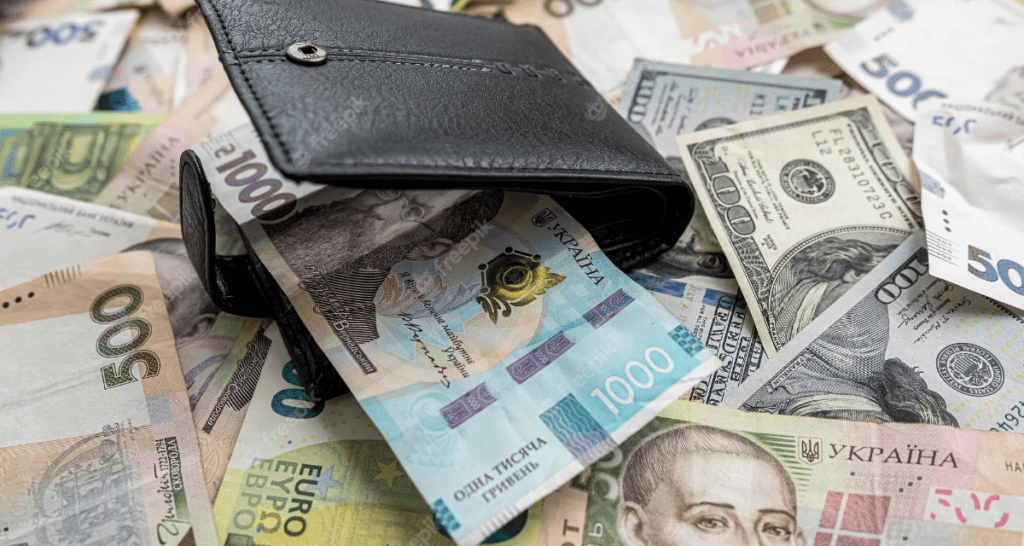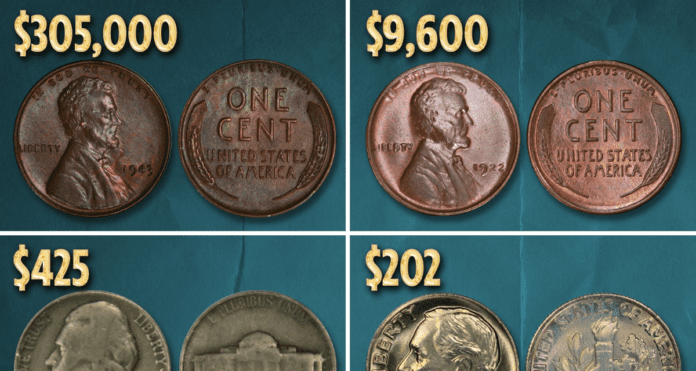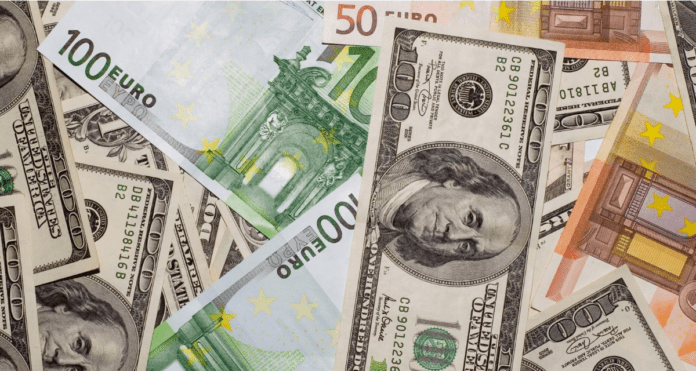Are you looking to convert 6000 euros to dollars but feeling a bit lost? Don’t worry, we’ve got you covered! In this comprehensive guide, we’ll delve into the intricacies of the exchange rate between euros and dollars, providing you with a solid understanding of how to calculate the conversion and giving you some valuable insights along the way. So, let’s dive right in and explore the world of 6000 euros to dollars!
6000 Euros to Dollars: An Overview
Converting 6000 euros to dollars essentially involves determining the value of 6000 euros in terms of the U.S. currency. As the exchange rate between euros and dollars is not fixed, it’s crucial to stay updated on the current rate to ensure accurate calculations.
Understanding the Exchange Rate
The exchange rate is the value at which one currency can be exchanged for another. In the case of euros and dollars, the rate fluctuates due to various factors, such as economic conditions, interest rates, geopolitical events, and market sentiment. It’s important to note that exchange rates are typically quoted as a currency pair, with the base currency (euros) and the quote currency (dollars).
Factors Influencing the Exchange Rate
The exchange rate between euros and dollars is influenced by several key factors. Understanding these factors can provide valuable insights into the dynamics of the currency market. Let’s explore some of the main factors that impact the exchange rate:
1. Economic Factors
Economic conditions play a significant role in determining the exchange rate. Factors such as inflation, interest rates, GDP growth, and employment rates can influence the relative value of a currency. For example, if the European economy is performing well, it may strengthen the euro against the dollar, resulting in a higher exchange rate.
2. Political Stability
Political stability and geopolitical events can have a profound impact on currency values. Uncertainty or instability in a country’s political landscape can weaken its currency, while stability can lead to a stronger currency. For instance, a political crisis in a Eurozone country may negatively affect the euro’s value compared to the dollar.
3. Interest Rates
Interest rates set by central banks can significantly affect currency values. Higher interest rates in one country can attract foreign investors, leading to increased demand for that country’s currency and, consequently, a higher exchange rate. Conversely, lower interest rates can decrease demand and result in a weaker currency.
4. Market Sentiment
Market sentiment, or the overall attitude and perception of traders and investors, can impact currency values. Positive sentiment towards a currency can drive its value up, while negative sentiment can lead to a decline. Factors like economic data releases, geopolitical tensions, and investor confidence all contribute to market sentiment.
Calculating the Conversion: 6000 Euros to Dollars
To calculate the conversion from 6000 euros to dollars, you need to multiply the amount in euros by the current exchange rate. Let’s assume the exchange rate is 1 euro = 1.12 dollars (please note that this rate is for illustrative purposes only and may not reflect the current rate). Using this exchange rate, the calculation would be as follows:
6000 euros * 1.12 dollars/euro = 6720 dollars
Therefore, 6000 euros is equivalent to 6720 dollars at an exchange rate of 1 euro = 1.12 dollars.
The Impact of Exchange Rate Fluctuations
Exchange rate fluctuations can have significant implications for individuals and businesses involved in international trade, travel, or investments. Let’s explore some of the effects that changes in the exchange rate between euros and dollars can have:

1. International Travel
If you’re planning a trip to the United States and the exchange rate favors the euro, you’ll get more dollars for your euros, allowing you to enjoy a higher purchasing power during your travels. Conversely, a weaker euro would result in fewer dollars, reducing your spending capacity.
2. Imports and Exports
Exchange rate fluctuations can impact the competitiveness of a country’s exports and imports. A weaker euro can make European exports more affordable for international buyers, boosting demand. On the other hand, it can also make imports more expensive, potentially impacting domestic consumers.
3. Investments
Investors with holdings in foreign currencies may experience gains or losses due to exchange rate movements. For instance, if you hold euros and the euro strengthens against the dollar, the value of your investments denominated in dollars will increase when converted back into euros.
Conclusion
Converting 6000 euros to dollars involves understanding the exchange rate dynamics between these two currencies. By considering factors such as economic conditions, political stability, interest rates, and market sentiment, you can gain valuable insights into the exchange rate’s behavior. Remember to stay updated on the current exchange rate and consider any fees or charges associated with currency conversion. Whether you’re traveling, conducting international trade, or managing investments, a sound understanding of currency conversion is crucial for making informed financial decisions.
FAQs about Converting 6000 Euros to Dollars
Q: What is the current exchange rate for 6000 euros to dollars?
The exchange rate between euros and dollars is subject to constant fluctuations. To obtain the most accurate and up-to-date exchange rate, it is recommended to consult a reliable financial website or utilize a reputable currency conversion service.
Q: Are there any fees or charges associated with currency conversion?
When converting currencies, it’s essential to consider potential fees or charges imposed by banks, currency exchange services, or credit card companies. These fees can vary depending on the provider and the method of conversion. It’s advisable to compare fees and exchange rates to find the most cost-effective option.
Q: Can I exchange 6000 euros for dollars at any bank or currency exchange office?
Most banks and currency exchange offices offer currency conversion services. However, it’s recommended to inquire about availability and exchange rates in advance. Some smaller establishments may have limited currency options or less competitive rates.
Q: Is it better to exchange euros for dollars in my home country or upon arrival in the United States?
Deciding whether to exchange euros for dollars in your home country or upon arrival in the United States depends on various factors, such as exchange rates, fees, convenience, and personal preferences. Comparing rates and fees at both locations can help you make an informed decision.
Q: Can I use my credit card for transactions in the United States instead of converting currency?
Using a credit card for transactions in the United States can be convenient, but it’s essential to consider any foreign transaction fees or currency conversion charges imposed by your credit card company. Contact your card issuer to understand their policies and fees regarding international transactions.
Q: How can I stay updated on exchange rate fluctuations?
To stay informed about exchange rate fluctuations, you can utilize financial news websites, currency converter apps, or subscribe to currency rate alerts provided by reputable financial institutions. This way, you can monitor the exchange rate and make informed decisions regarding your currency conversion.

